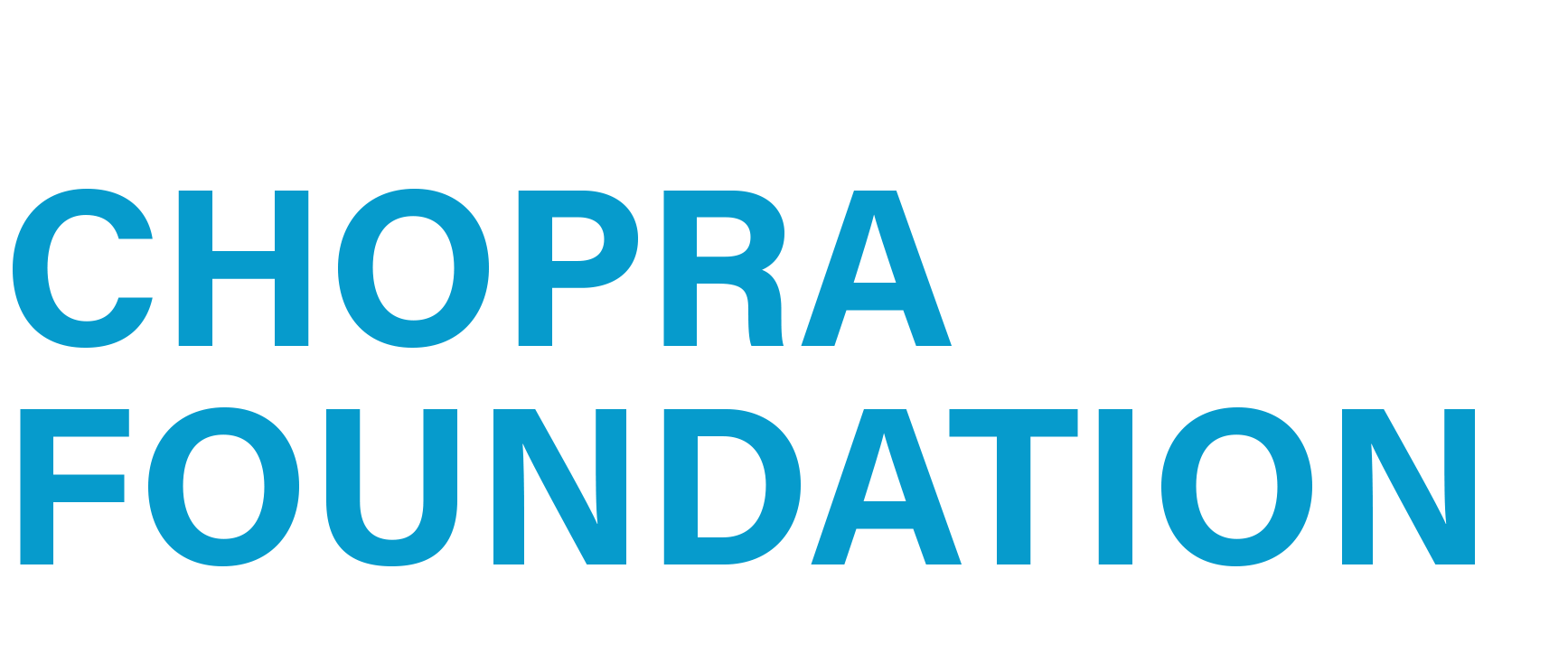By Deepak Chopra, ™ MD
America is said to be on the verge of a racial reckoning, a prospect that fills people with either hope or rage, depending on their politics. The far right encourages white supremacy while hotly denying that they are racists. Fully justified protest after police shootings of black men are seen in some quarters as the breakdown of law and order, which gets used as propaganda, again behind the shield of “I’m not a racist.” But the issue runs deeper than politics, and so does the possibility of healing.
The human race seems to move slowly out of the shadow of racism. Racism is entangled with the greatest forces that have shaped the fate of every people: war, empire, colonialism, and nationalism. At various points, all of these have been put in a positive light. Even now, when few would extol the virtues of empire or colonialism, the grip of nationalism remains strong.
Let’s say that we call racism a disease or infection in otherwise sane minds. This seems reasonable since feeling superior or inferior according to the color of your skin exists at an emotional, often subconscious level, not a rational one. How can we remove this infection when it hides so subtly inside us?
Irrational ideas are sticky. They cling even when we don’t want them to. This stickiness is due to various factors, and each can be changed. The primary factor is belief. Children are raised believing that one race is innately superior to another. If they belong to the wrong race, they are raised to feel victimized, angry, and resentful. Another belief is that history dictates destiny. The stagnation of any underclass is perpetuated because “it’s always been this way.” Then there are the endemic beliefs that a certain race is dangerous, criminal, ignorant, stupid, and prone to irrational acts.
Insidiously, these beliefs mask the disease. A racist can afford not to see himself as sick because he seemingly profits by being a racist. He is given a superior identity. In medicine, we call this a secondary gain, like a child getting ice cream and lots of attention when he goes into the hospital to have his tonsils taken out. To cure racism, you must first burst the spell of the false identity that racism confers, both on the racist and his victim.
I feel hopeful here because some powerful forces are at work against the disease. The election of Joe Biden has been widely and correctly seen as a blow against racism. But I also think back to Barack Obama, who rose above racial identity by first facing the broader question, “Who am I?” His struggle and the answers he came to are outlined in his book, Dreams of My Father, with its telling subtitle, “A Story of Race and Inheritance.” No person can be free of racism without examining the burden of a toxic inheritance. All over the world, improvements in living conditions, where they occur, give the population a chance to move away from primitive identities forced upon them by survival. Opportunity is strong medicine against enforced group think; poverty makes the disease worse.
But ultimately it will be the need to survive as a planet that will make racism no longer viable. Survival of the fittest is giving way to survival of the wisest. It may seem overblown to call an economically surging India wise, or America under Trump or oil-rich Russia with its defiance of environmental regulation. Yet anywhere that old, toxic identities are being toppled, wisdom has a chance to prevail over ignorance and prejudice. At its most basic, wisdom sees equality among all people at the level of possibility; once you stop narrowly defining yourself by tags of race, gender, nation, politics, and tribe, the truth dawns that human consciousness is a field of infinite possibilities. Every wisdom tradition has taught this truth for centuries.
Addressing climate change requires global cooperation, which eventually won’t be a choice anymore. When we are all in the same lifeboat, feeling superior to anyone else is folly. Let’s say that the lifeboat gets rescued and climate change is solved. What then? Racism cannot be separated neatly from the holistic issue of identity. “Who am I?” is a question that shifts with history, economics, and crises. If we are lucky, the current global crisis will serve as a cauldron for burning up racism and pushing it closer to eradication.
